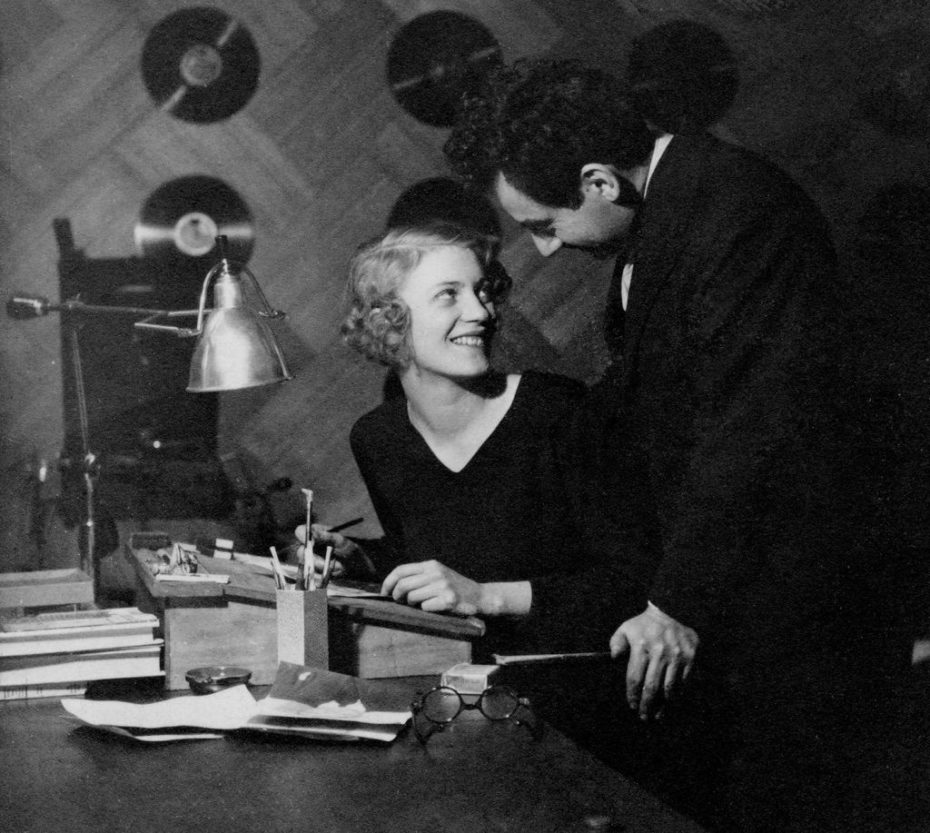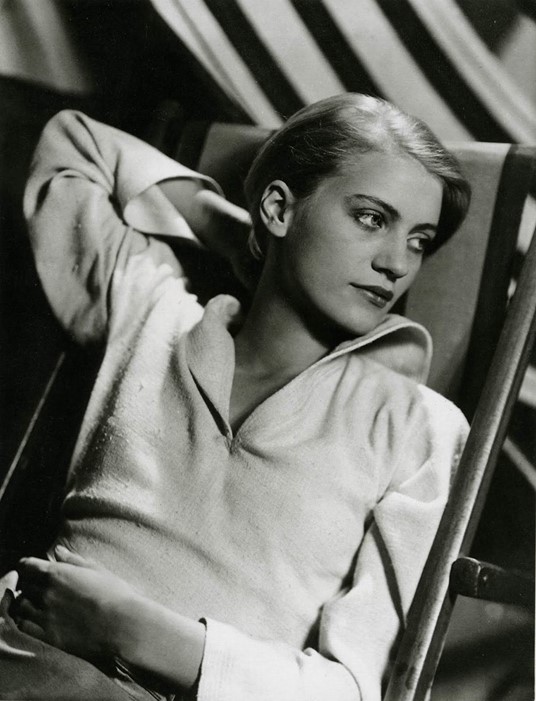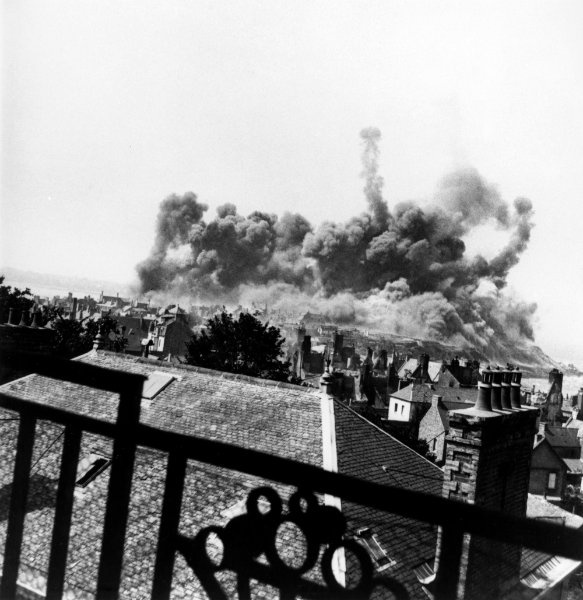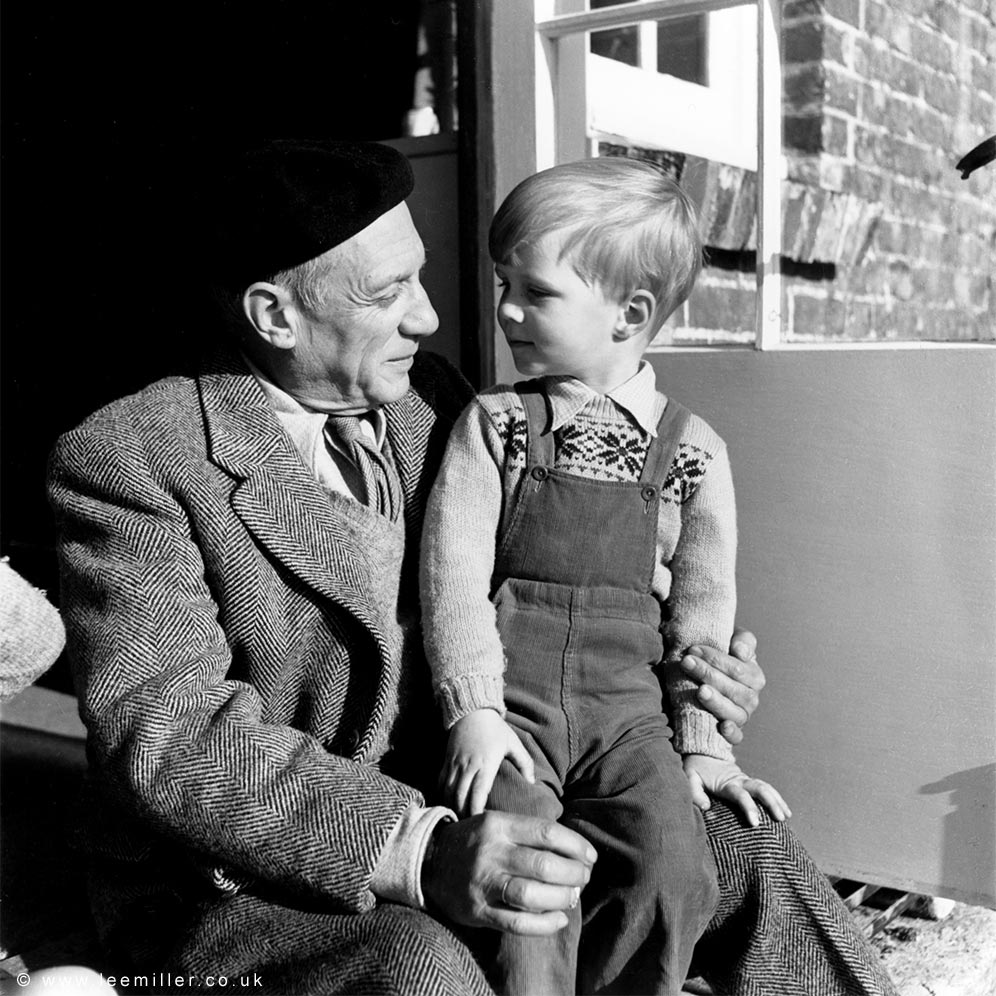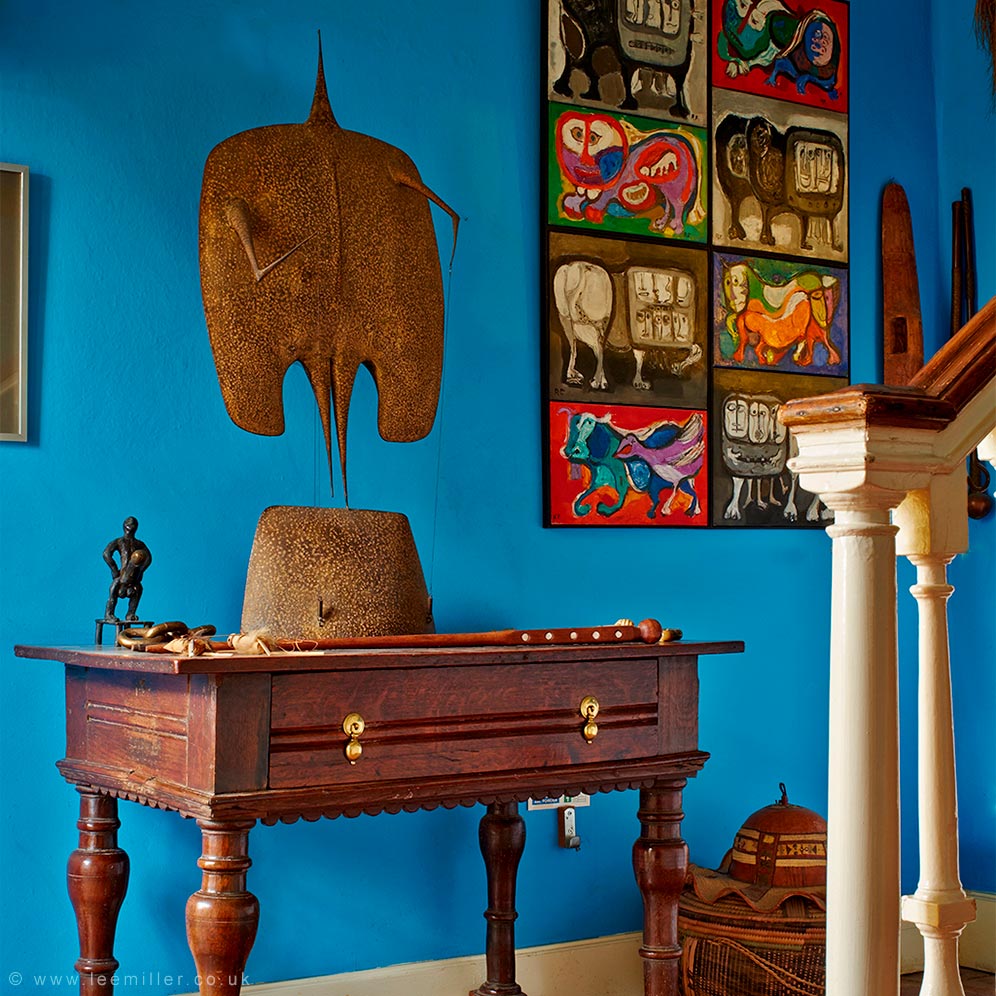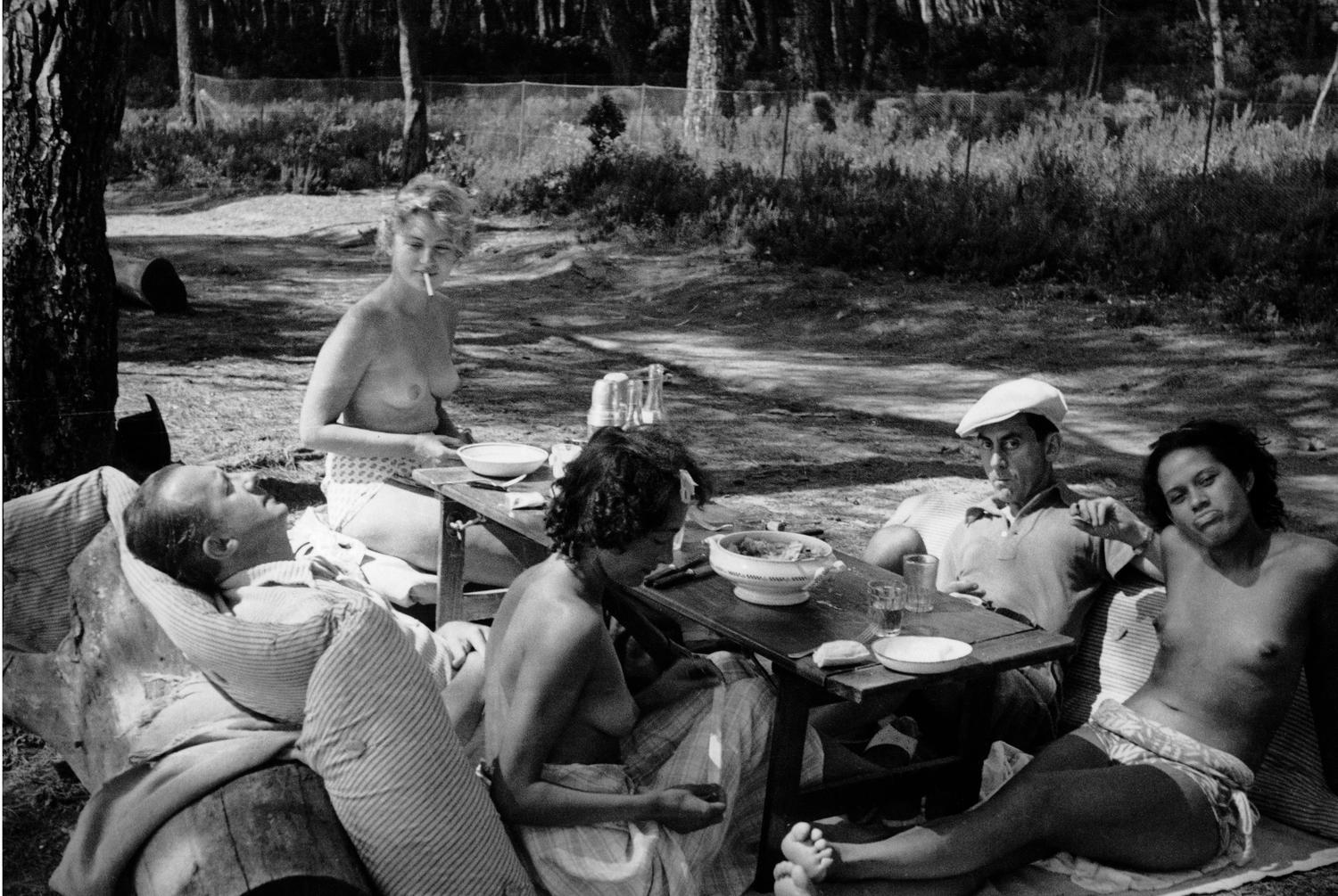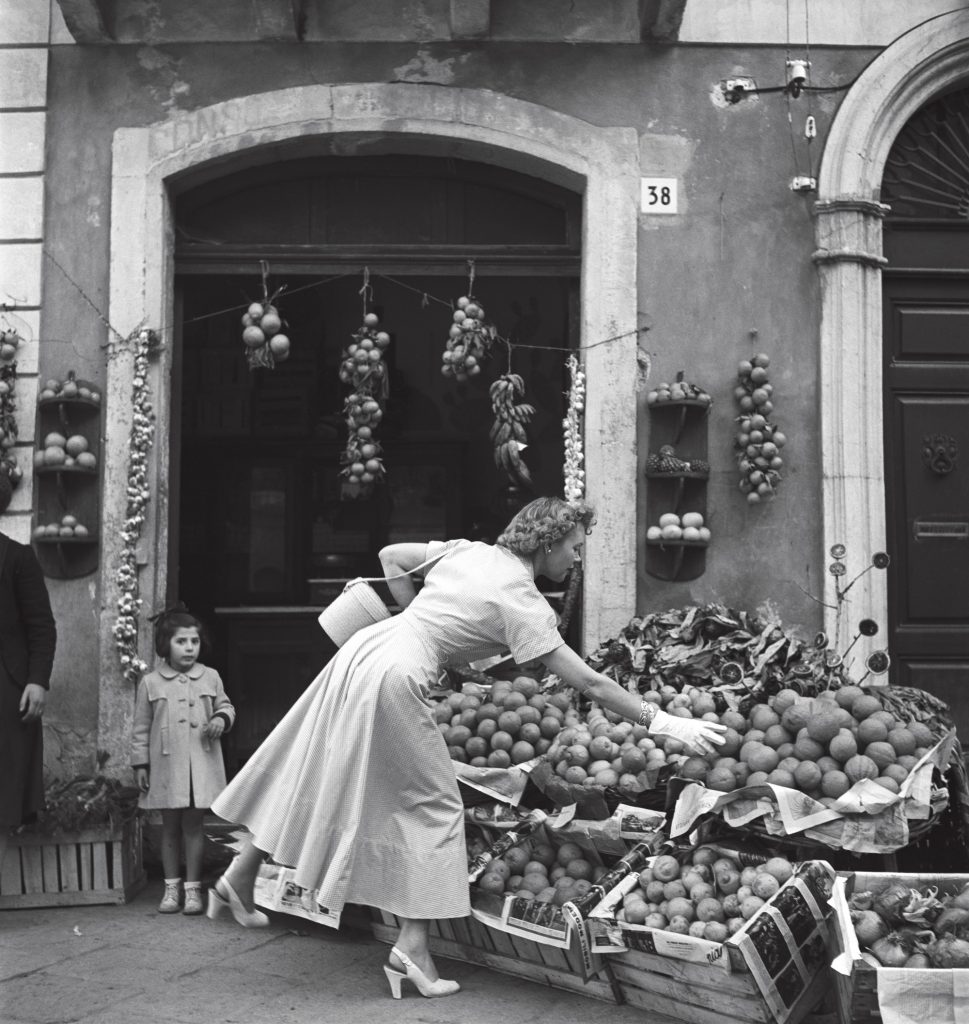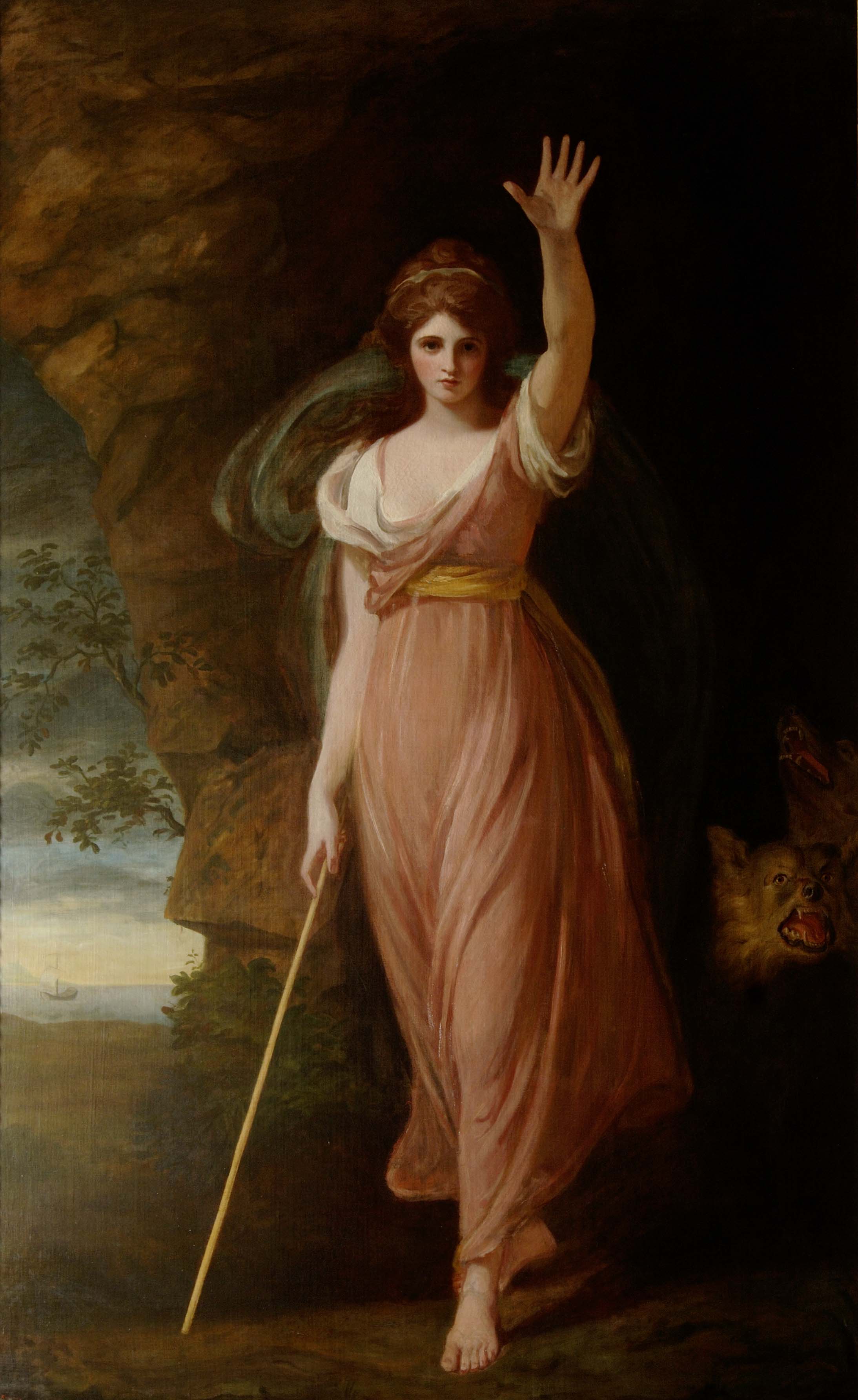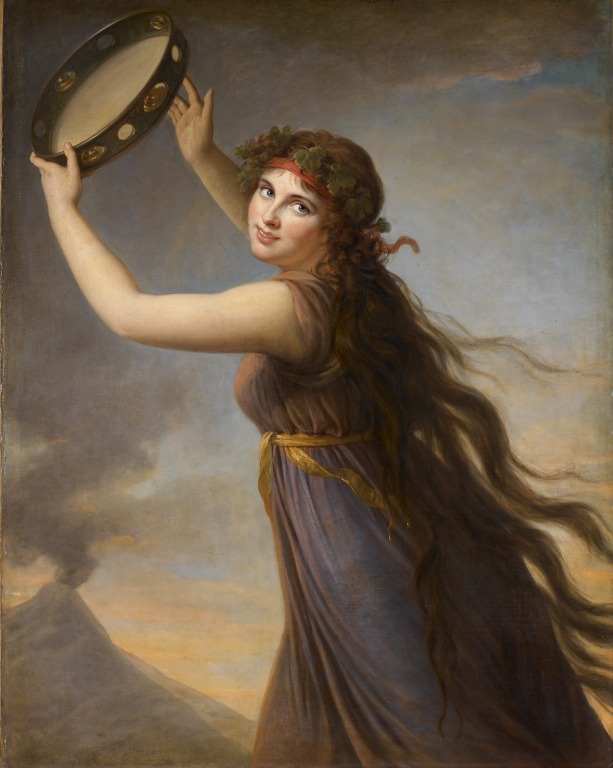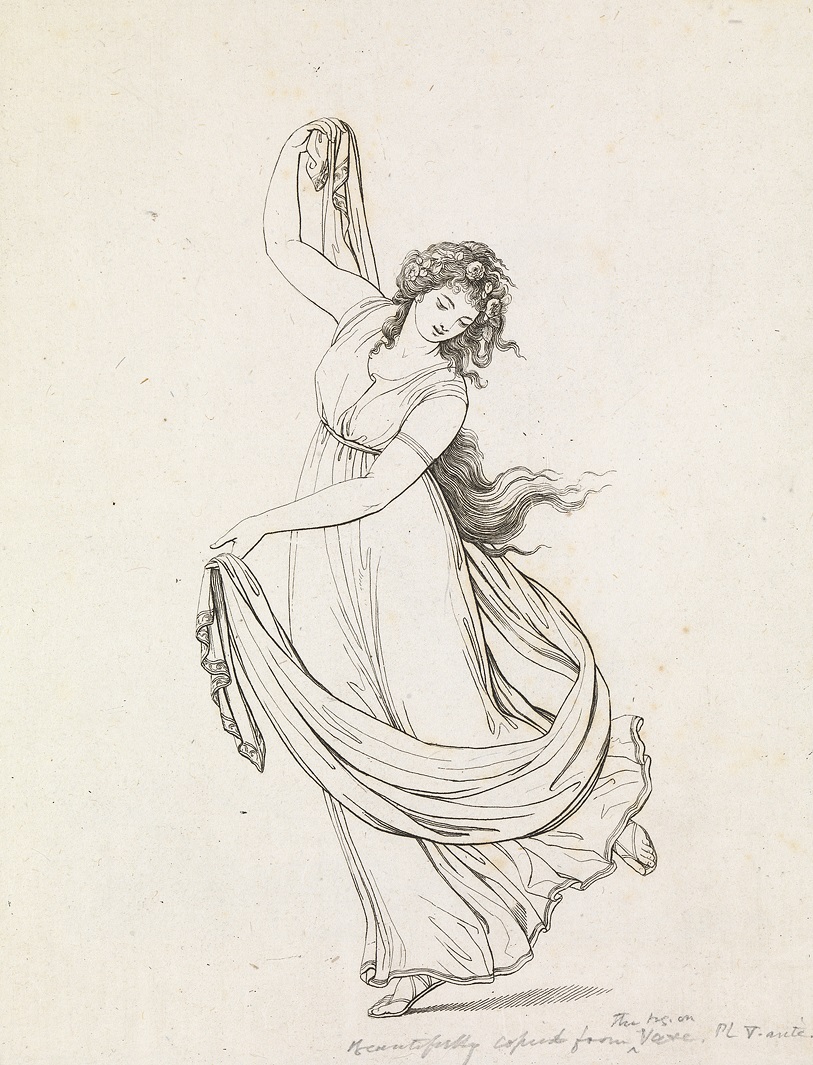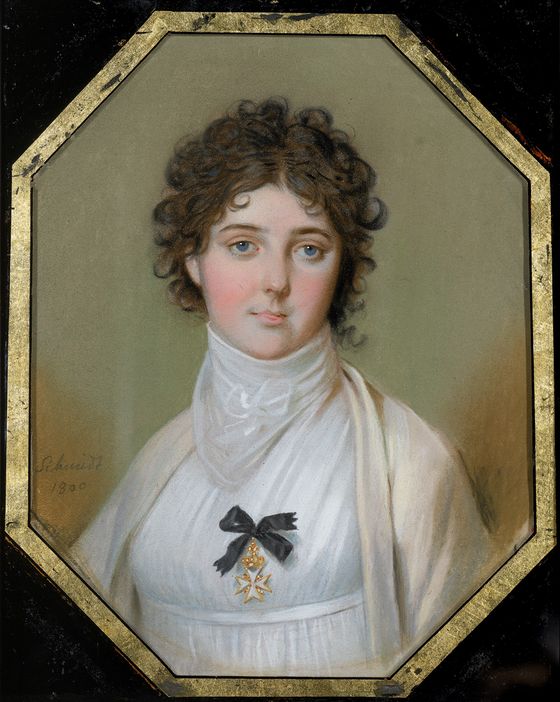Lee Miller – Taking Photos in Hitler’s Bathtub
I would like to start with a little warning: This article covers a number of uncomfortable topics like rape, World War II and its aftermath, PTSD, alcoholism, and to a certain degree child abuse. Please only proceed if you feel safe to do so.
Lee Miller is certainly one of the most interesting people I have yet encountered in my research. She led many lives, reinventing herself time and time again. At first as a model in the 20s, then as a photographer and war correspondent in World War II. On the other side lay trauma and self-destruction and a broken relationship with her only son. Let’s dive into this multifaceted story of a fascinating woman.
On a spring day in 1907 in the city of Poughkeepsie in New York, little Elizabeth was born as the second child of Theodore and Florence Miller (after brother John who was two years her senior). Three years later the youngest, Erik, was born. Their father was an engineer but his passion and hobby was photography and as Lee was his favourite child, he introduced her to the medium at a very early age and took many pictures. Then when the girl was only seven years old, the first traumatic event transpired, as she was raped and infected with gonorrhea. Throughout her life, Lee would never talk of the incident, even keeping it a secret from those she was closest to. Disturbingly only one year later her father would start taking nude photographs of her and continue to do so until well into her twenties. It has never been found out or made public who the perpetrator of her abuse was.
Her story picks up again in 1925 when she travelled to Paris to study art. However her stay only lasted a year. 19-year-old Lee returned home, called back by her father. She did not give up on her art career though, enrolling in the Art Students League in New York City. And that’s when fate hit her – in the form of a car. Well, it was about to hit her when she was saved by Vogue publisher Condé Nast. Intrigued by her beauty and recognizing her potential, Condé introduced her to the modelling world, making her a Vogue covergirl in 1927. Lee was the perfect embodiment of the emerging “modern girl,” a look that would make her one of New York’s top models for the next years to come. But only two years later she had enough of the business, the shallowness of it all boring her. And she escaped to Europe again.
Lee arrived in Paris in 1929 with her mind set on becoming the apprentice of Man Ray, who was already a distinguished photographer and artist at the time. After making her way to his Montmartre studio, she introduced herself by announcing that she was his new student. Insisting at first that he did not take any students, he eventually succumbed to her charms and accepted her, although she became more than just his student. She went on to be his muse, his model and valued collaborator and finally his lover too. Soon she became an avid contributor to the surrealist movement, opening her own studio and living the Bohemian dream, befriending artists like Max Ernst, Picasso and Paul Élouard and becoming a muse to many. Jean Cocteau, the author of Les Enfants Terrible, was so fascinated by her beauty that he made a plaster cast of her to use as a statue in his movie The Blood of a Poet.
Despite their IT-couple status, she often didn’t know where their next meal would come from, but she was happy, stating that she had never felt more alive then at that time. Her little brother Erik visited her once during this time, sharing her fascination with photography and learning from her. But as with many dreams, this one ended abruptly and in a huge fight. Man Ray found her when she was working on negatives he had discarded and threw her out of their apartment. She bought a ticket home, leaving him depressed in the realization that he had lost her, spending the next to years on a painting of her lips.
Back in New York City, she opened a portrait and commercial photography studio in 1932, this time in cooperation with Erik as her darkroom assistant and with the help of a loan over $10,000 (which she seems to have been able to pay back). Lee also rented an apartment next to her studio which became her home. Business boomed and many illustrious clients went in and out of her studio. Within the same year, Lee was included in the Modern European Photography Exhibition at the Julien Levy Gallery in New York and in the Brooklyn Museum’s exhibition International Photographers, receiving favourable critiques through the bank. One year later The Julien Levy Gallery gave her the opportunity to host a solo exhibition – the only one in her lifetime.
In 1934 though, she abandoned her flourishing studio to marry Egyptian businessman Aziz Eloui Bey and, after a honeymoon at Niagara Falls, moved to Cairo with him. While she did not continue her career there, she didn’t stop taking photos and even partook in exhibitions. The desert inspired her and she created quite a few surreal motives there, one of which you can see to the right. And her pictures in turn continued to inspire her artistic friends; Magritte’s Baiser was modelled after one of her photos of the desert. Nonetheless life in Cairo did not seem to satisfy her and by 1937 she once more took off to Paris, where she met British surrealist painter and curator Roland Penrose. Together the pair travelled to London, Athens and later wandered the Balkans, photographing the village life in remote areas. In 1938 she returned to her husband, but only one year later Roland came to visit and she was excited to show him her beloved desert. In love with Roland, she parted ways with her husband in June 1939 and moved to London with Roland, right when World War II was about to begin.
Living in Hampstead, London at the time, she witnessed the bombing of the city first hand. Instead of returning to the US, as friends and family begged her to do, she became a freelance photojournalist for British Vogue, documenting the London Blitz. She also squeezed in two more exhibitions in London in 1940 and 1941. After the US entered the war in 1942, she was made an official war correspondent for the army, once again working for Condé Nast. She was the only female photographer given permission to travel independently in the European war zones. In this role, teaming up with American photographer David E. Scherman, she went to the front lines of the Allied advance from Normandy where she recorded the first use of napalm at the siege of St. Malo in 1944 (see picture). She witnessed the liberation of Paris and the Battle of Alsace and eventually her regiment reached Germany.
On April 8, 1945 Langenstein, a part of the Buchenwald KZ was liberated by Allied forces and Lee was there, documenting it all. 21 days later she was there when the Dachau KZ was liberated as well, still taking photos, despite her deep shock. The next day, her troop marched into Munich, where they found the private apartment of Adolf Hitler. One of the first to enter, tracing the mud from the KZs she had seen into his home, she had David Sherman, who still accompanied them, take a picture of her in Hitler’s bathtub. Only a few hours later, in a bunker in Berlin, Adolf Hitler and Eva Braun would commit suicide. When their deaths were announced, she was more or less living in his apartment, having really bathed in his tub and slept in his bed.
Writing about this incident to her Vogue editor she recounted:
“Well, alright, he was dead. He’d never really been alive to me until today. He’d been an evil-machine-monster all these years, until I visited the places he made famous, talked to people who knew him, dug into backstairs gossip and ate and slept in his house. He became less fabulous and therefore more terrible, along with a little evidence of his having some almost human habits.”
In her role of documentary photographer she also travelled to Vienna and then to Hungary, where she took pictures of life after the war, of death that was ever present and finally of the execution of Prime Minister László Bárdossy, the driving force behind Hungary’s affiliation with Germany.
Finally, after four years of either being in the middle of war or witnessing its aftermath, Lee was able to return back home to London, moving in with Roland Penrose again. The things she had seen left a toll on her, she suffered from severe posttraumatic stress and depressive episodes and turned to alcohol for comfort. Still she kept working for Vogue for two more years, mainly covering fashion and celebrities in her photos. Roland accompanied her to a trip to the US in 1946, where she not only visited family and friends but also Man Ray who had moved to California during wartime and with whom she had by now formed a deep friendship. The picture shows the couple in Sedona, Arizona.
Back in London, upon discovering that she was pregnant at age 40, she divorced her husband and married Roland Penrose on May 3rd, 1947. Four months later her only son, Antony Penrose, was born. When he was two, the little family moved to the Farley Farm House in rural Chiddingly, East Sussex. The sky blue, brick red and sunny yellow they decorated the house with seemed to fit more into Southern France than the south of England and it quickly became an artistic hotspot. Among their frequent guests the likes of Miró, Henry Moore and Picasso (whom baby Antony really liked – and once bit in the finger. Look at that sweet photo Lee took of them!)
However, it was not a happy family. Lee’s alcoholism was hard to deal with for the boy, his mother switching from caring and sensitive, to sniding and verbally abusive. Roland was kind, but distant, having grown up the same way.
Generally their relationship was a very unconventional one. During her time as a war photographer, Lee has had a relationship with her partner David, while afterwards Roland’s first wife moved in with them. Furthermore both had affairs with many of the artists that visited the homestead regularly, sometimes separately, sometimes together. Amongst Lee’s conquests was Picasso who painted her six times! But all this attention made her feel isolated at times. “I looked like an angel on the outside. That’s how people saw me,” she wrote. “But I was like a demon inside. I had known all the suffering of the world since I was a very little girl.” In the meantime little Antony spent most of his time in boarding schools, growing to resent his mother.
But Lee was a fighter and eventually she overcame her addiction, reinventing herself once more in 1960. This time she became a gourmet cook. Yes, you read that right. While still modelling and taking pictures occasionally, oftentimes for Vogue, her focus now lay on the recreation of historical dishes with a surrealist touch: blue spaghetti and green chicken were only a few of the creative and colourful meals she served. The relationship with her son however remained tumultuous and Antony left home as soon as he was able too. Even though he most likely wasn’t aware of it at the time, this parallels his mother’s actions when she went to Paris for the first time, over 50 years ago. He travelled the world and eventually married in New Zealand. It was his wife Suzanna who reconciled mother and son, with them forming a grudging affection for each other, and in the spring of 1977, she held her first grandchild, Ami, in her arms. Three months later she died in her homestead. Her ashes were spread in her beloved herb garden.
If you think this is the end of Lee’s story, you are wrong. Not long after her death, Suzanna found a bunch of negatives, prints and articles while cleaning out the house’s attic and showed them to her husband. Antony has had no idea about his mother’s past as a photographer or about her time in Paris with Man Ray or about anything that has happened before the war really. And he was determined to find out more. In writing about her, he found a way to get closer to her and still he dedicates his life to preserving her legacy.
further reading and images: http://www.leemiller.co.uk/
and you can visit her home at: https://www.farleyshouseandgallery.co.uk/
image credits:
1: Lee Miller, Vogue, March 15, 1927: Georges Lepape – Link
2: Lee Miller and Man Ray in her Studio, 1932 (© Lee Miller Archives) – Link
3: Lee Miller by George Hoyningen-Huene, 1932 – Link
4: ‘Portrait of Space’ by Lee Miller, Egypt, 1937 – Link
5: ‘Fall of the Citadel, Aerial bombardment’ by Lee Miller, St. Malo, France, 1944 (© Lee Miller Archives) – Link
6: Lee Miller in Adolf Hitler’s bathtub, Munich, 1945, by David E. Scherman (© The LIFE Picture Collection) – Link
7: Roland Penrose & Lee Miller, Sedona, Arizona, 1946 – Link
8: Picasso and Antony Penrose by Lee Miller, 1950 (© Lee Miller Archives) – Link
9: Hallway [Hiquily sculpture] at Farley’s House (© Lee Miller Archives) – Link
10: Dining room fireplace (detail) at Farley’s House (© Lee Miller Archives) – Link
11: ‘Picnic’ by Roland Penrose, clockwise L-R, Nusch Éluard, Paul Éluard, Lee Miller, Man Ray and Aby Fidelin, Île Sainte-Marguerite, Cannes, France, 1937 (there is a picture taken by Lee with Roland sitting instead of her as well) (© Lee Miller Archives) – Link
12: Lee Miller Grocery Shopping – Link


